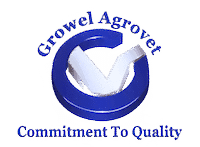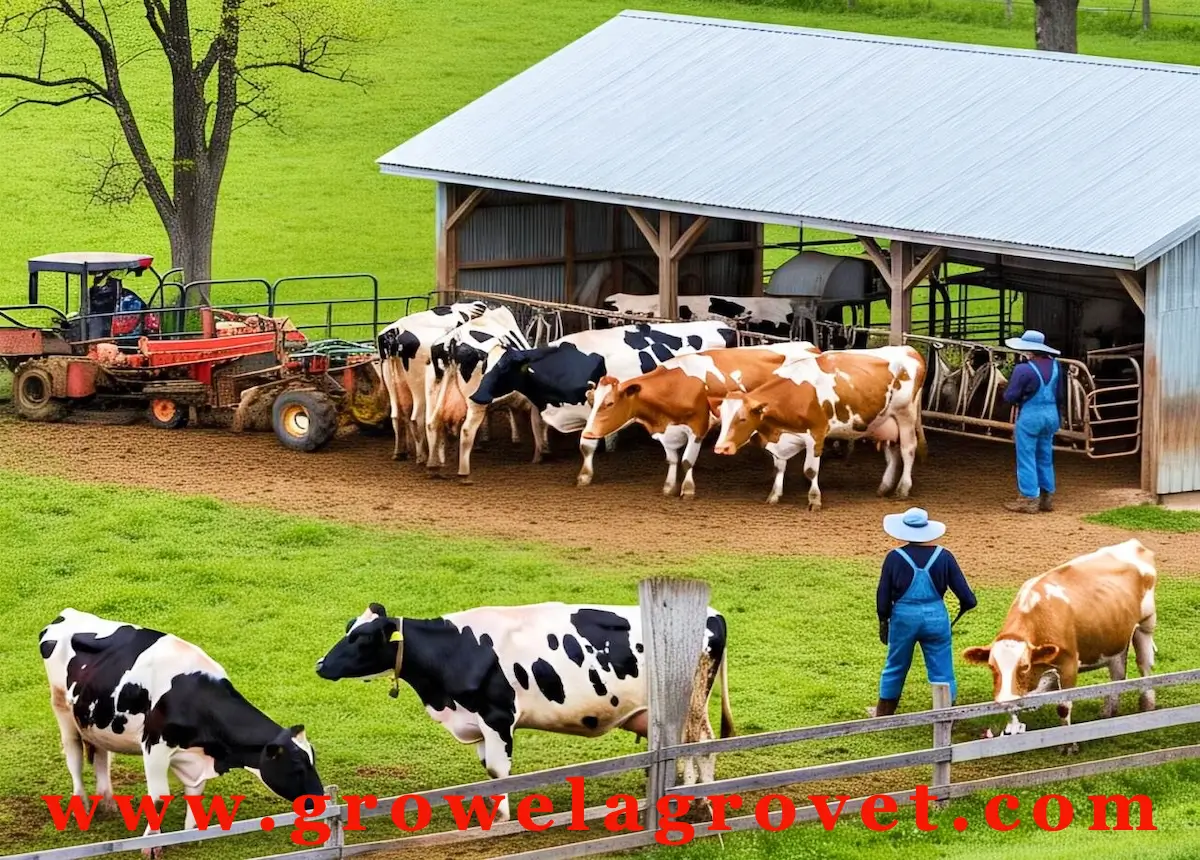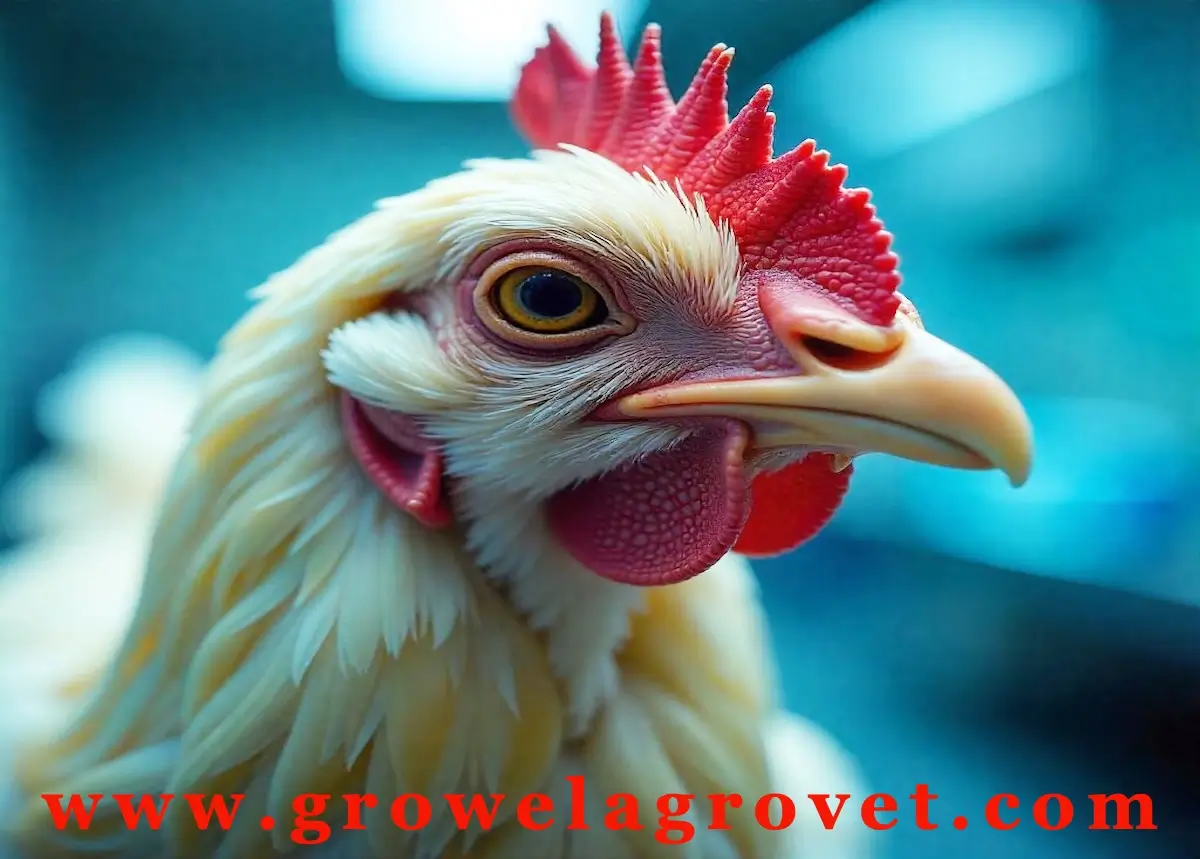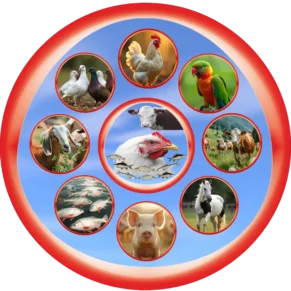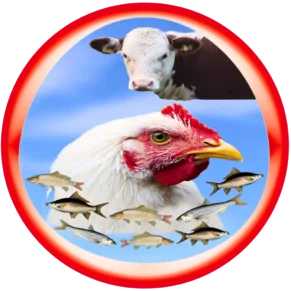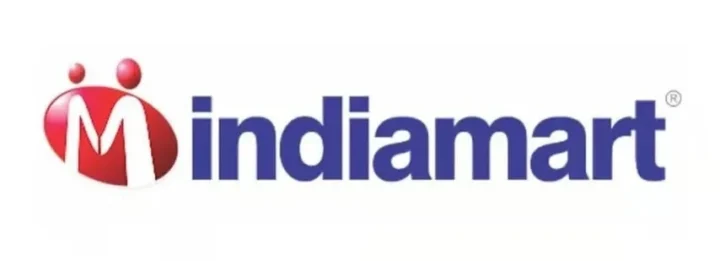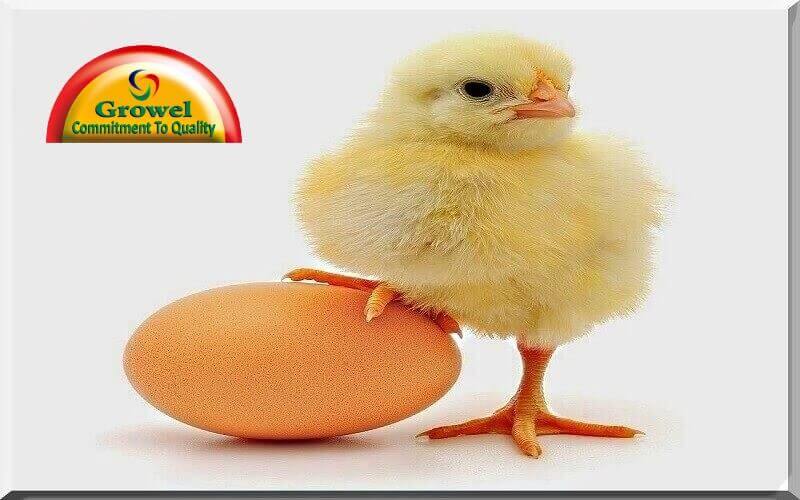 Poultry Nutrition Guide is describing the nutrients requirements for layers & broilers,nutrient levels in the feed ,amount of feed consumed & quality of feed supplements.Poultry Nutrition Guide for a better profitability of layers & broilers farming has been outlined below.
Poultry Nutrition Guide is describing the nutrients requirements for layers & broilers,nutrient levels in the feed ,amount of feed consumed & quality of feed supplements.Poultry Nutrition Guide for a better profitability of layers & broilers farming has been outlined below.
Poultry Feed Consumption:
There are a number of factors that influence voluntary feed intake (discussed in the section on feed intake). Table 1 provides data on typical feed consumption for modern brown-egg laying hens in relation to target body weight. From Week 18, hens start to enter their laying period, reaching peak of lay around 32 weeks of age, and typically maintaining egg production until 65-68 weeks of age. Feed intake will increase to a steady level of 100-105 grams per day and hen body weight will reach a mature level of 1700-1800 grams.
Table 1.
Body weights and associated feed consumption for a brown-egg laying breed during the growing period.
| Age (wk) | Body weight (g) | Feed consumption (g/bird/day) | Age (wk) | Bodyweight (g) | Feed consumption (g/bird/day) |
| 1 | 70 | 13 | 10 | 870-970 | 56 |
| 2 | 115 | 20 | 11 | 960-1080 | 61 |
| 3 | 190 | 25 | 12 | 1050-1117 | 66 |
| 4 | 280 | 29 | 13 | 1130-1250 | 70 |
| 5 | 380-390 | 33 | 14 | 1210-1310 | 73 |
| 6 | 480-500 | 37 | 15 | 1290-1370 | 75 |
| 7 | 580-620 | 41 | 16 | 1360-1430 | 77 |
| 8 | 680-750 | 46 | 17 | 1500-1540 | 80 |
| 9 | 770-860 | 51 |
Poultry Nutrition Guide in Growing Period of Layers & Broilers :
Chicks require a diet that can provide the nutrients needed for rapid growth and feather development. Chicks are given relatively high levels of energy, protein and the vitamins and minerals for the starter period. Once the chicks are fully feathered their energy requirements are reduced. Feeding management for layer pullets aims to maintain a growth rate that will lead to the pullet reaching sexual maturity at the desired age while avoiding obesity. The stage at which a pullet will start laying eggs is affected by age, body weight and day length. On a percentage basis, layer pullet diets have lower energy and protein levels than chick diets. Different breeders recommend different feeding strategies for their birds, including the number of different diets fed during the pullet growing stage. Many breeders recommend a pre-lay diet that increases some of the nutrient levels, such as calcium, that will be required by the bird when it begins to lay eggs.
Table 2.
Table 2 provides data on typical poultry nutrition guide about nutrient levels for layer diets for the growing period.
| Nutrient | Units | Starter 0 – 6 wks | Grower 6 – 12 wks | Developer 12 – 15 wks | Pre-Layer 15 wks – Prod. | |
| Protein | % | Min | 20.0 | 17.50 | 15.50 | 16.50 |
| Metabolisable Energy | Mj/Kg | 11.5-12.4 | 11.5-12.6 | 11.3-12.4 | 11.4-12.4 | |
| Metabolisable Energy | Kcal/Kg | 2750-2970 | 2750-3025 | 2700-2970 | 2725-2980 | |
| Kcal/Lb | 1250-1350 | 1250-1370 | 1225-1350 | 1235-1350 | ||
| Lysine | % | Min | 1.10 | 0.90 | 0.66 | 0.80 |
| Methionine | % | Min | 0.48 | 0.41 | 0.32 | 0.38 |
| Methionine + Cystine | % | Min | 0.82 | 0.71 | 0.58 | 0.65 |
| Tryptophan | % | Min | 0.20 | 0.19 | 0.18 | 0.19 |
| Threonine | % | Min | 0.73 | 0.55 | 0.52 | 0.55 |
| Calcium | % | Min | 1.00 | 1.00 | 1.00 | 2.75* |
| Av Phosphorus | % | Min | 0.45 | 0.43 | 0.42 | 0.40 |
| Sodium | % | Min | 0.18 | 0.18 | 0.18 | 0.18 |
| Chloride | % | Min | 0.18 | 0.18 | 0.18 | 0.18 |
*At least 30-65% of the added limestone should have a minimum particle size of 2250 Microns.
Nutrient Levels for Layer Poultry Diets :
The aim of layer diets is to optimise egg production (in terms of egg numbers, egg size or egg mass), provide the nutrition required to safeguard health and maintain the desired bodyweight. As with layer pullets, different breeders recommend different feeding strategies for their birds, including the number of different diets fed during the laying stage. Calcium is increased for egg shell formation. Table 3 provides data on typical nutrient levels for layer diets.
Table 3.
Examples of layer diets (at 100 grams per day intake level)
| Nutrients | Units | 1-32 wks | 32-44 wks | 44-55 wks | > 55 wks |
| Metabolisable Energy | MJ/kg | 11.60-11.97 | 11.41-11.97 | 11.20-11.97 | 10.68-11.83 |
| kcal/kg | 2770-2860 | 2725-2860 | 2675-2860 | 2550-2825 | |
| Crude protein | % | 19.80 | 17.50 | 17.00 | 16.00 |
| Lysine | % | 1.02 | 0.93 | 0.89 | 0.83 |
| Methionine | % | 0.51 | 0.46 | 0.41 | 0.38 |
| Linoleic acid | % | 1.10 | 1.60 | 1.60 | 1.60 |
| Calcium | % | 4.40 | 4.25 | 4.50 | 4.75 |
| Av.phosphorous | % | 0.48 | 0.40 | 0.36 | 0.35 |
Poultry Nutrition Guide about Nutrient Requirements of Meat Chickens (Broilers) :
The intake of nutrients is defined by the nutrient levels in the feed and the amount of feed consumed. Nutrient requirements of meat chickens (broilers) are outlined below.
Feed Consumption and Body Weight :
There are a number of factors that influence voluntary feed intake. These are discussed in the section on feed intake. Table 4 provides data on typical feed consumption and bodyweight for modern broiler chickens in relation to age and sex.
Table 4.
Body weight and cumulative feed consumption for male and female broilers :
| Male | Female | |||
| Age (weeks) | Body weight (g) | Cumulative Feed Intake (g) | Body weight (g) | Cumulative Feed Intake (g) |
| 0 | 40 | 0 | 40 | 0 |
| 1 | 170 | 150 | 165 | 145 |
| 2 | 450 | 480 | 420 | 460 |
| 3 | 865 | 1120 | 780 | 1030 |
| 4 | 1410 | 2020 | 1250 | 1825 |
| 5 | 2250 | 3200 | 1750 | 2830 |
| 6 | 2700 | 4500 | 2300 | 4020 |
| 7 | 3350 | 6000 | 2800 | 5400 |
| 8 | 3900 | 7400 | 3300 | 6800 |
| 9 | 4400 | 8800 | 3700 | 8200 |
Nutrient Levels for Broiler Poultry Diets :
Feeding strategies for broiler chickens will vary depending on the target market for the final product. Strategies for feeding broilers destined for the whole bird market will differ from strategies for broilers destined to be sold as pieces. Furthermore, the nutrient intake of fast growing broilers must be carefully controlled to prevent metabolic diseases such as ascites and leg weakness. Table 5 provides data on typical levels of selected nutrients for broiler diets.
Table 5.
Examples of broiler diets :
| Nutrients | Units | Starter 0-10 days | Grower 11-24 days | Finisher >25 days |
| Protein | % | 22-25 | 21-23 | 19-21 |
| Metabolisable energy | Mj/Kg | 12.60 | 13.30 | 13.50 |
| Kcal/kg | 3010 | 3175 | 3225 | |
| Total Arginine | % | 1.48 | 131 | 1.11 |
| Digestible Arginine | % | 1.33 | 1.18 | 1.00 |
| Total Lysine | % | 1.44 | 1.25 | 1.05 |
| Digestible Lysine | % | 1.27 | 1.10 | 0.92 |
| Total Methionine | % | 0.51 | 0.45 | 0.39 |
| Digestible Methionine | % | 0.47 | 0.42 | 0.36 |
| Total Methionine +Cystine | % | 1.09 | 0.97 | 0.83 |
| Digestible Methionine +Cystine | % | 0.94 | 0.84 | 0.72 |
| Total Threonine | % | 0.93 | 0.82 | 0.71 |
| Digestible Threonine | % | 0.80 | 0.70 | 0.61 |
| Total Trypophan | % | 0.25 | 0.22 | 0.19 |
| Digestible Tryptophan | % | 0.22 | 0.19 | 0.17 |
| Total Valine | % | 1.09 | 0.96 | 0.81 |
| Digestible Valine | % | 0.94 | 0.83 | 0.70 |
| Calcium | % | 1.0 | 0.90 | 0.85 |
| Av.phosphorous | % | 0.50 | 0.45 | 0.42 |
| Sodium | % | 0.16 | 0.16 | 0.16 |
Poultry Nutrition Guide about Water Consumption Rates for Chickens :
Water is an essential nutrient for life. Water consumption can be limited if the water is too hot or is contaminated with excess minerals. Water and food consumption rates are interdependent, so reduced water intake can also lead to reduced food intake. There are other factors that affect water intake, with temperature being the most obvious one. For example, chickens drink between 30-50% more water when the environmental temperature is above 32oC compared with when it is 21oC. Water intake is also affected by the type of drinkers used. The rule of thumb for water intake is that water intake is usually 1.5 to 2 times feed intake. Tables 6 and 7 provide data on typical water consumption levels for layers and broilers, respectively, at 21oC.
Table 6.
Typical daily water consumption for layers :
| Production Stage | Age/Rate of Production | Litres of water per 1000 birds at 21oC |
| Layer pullet | 4 weeks | 100 |
| 12 weeks | 160 | |
| 18 weeks | 200 | |
| Laying hens | 50% production | 220 |
| 90% production | 270 |
Table 7.
Typical daily water consumption for broilers at 20oC (litres per 1000 mixed sex birds) :
| Age (weeks) | ||||||||
| 1 | 2 | 3 | 4 | 5 | 6 | 7 | 8 | |
| Water Intake (litres) | 65 | 120 | 180 | 245 | 290 | 330 | 355 | 370 |
Please be sure only sanitize water should be given to chickens to sanitize water Aquacure is the best water sanitizer. For better profitability in poultry faming business you should follow this poultry nutrition guide. You should also read Vitamins & Minerals for Poultry
If you are into poultry related business & want to earn maximum profit in your business then please join our Facebook group How To Do Profitable Poultry & Cattle Farming ?

